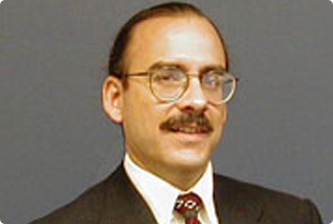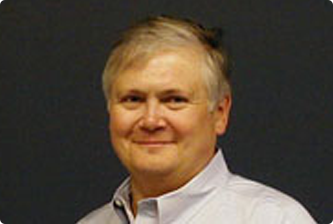Multi-Vendor Media Technologies
Of course, the hardware resource does nothing without the media- processing software. And that can be expensive and complex. Most?perhaps all?of the required technology may be available ‘pre- cooked’ on a catalog DSP-resource board. If not, and the board is an open design, the developer can add the missing technology. If the DSP- resource board is a closed-architecture offering it must either be tossed in favor of a proprietary approach or augmented by additional hardware to support the additional media. Moreover, if the system requirements specify a proprietary form factor for the hardware, the designer may have no choice but to design a proprietary media-processing resource board. But with the new products coming to market today, coming up short one media technology need not mean the extra time and development investment it implied only a year ago.
No equipment vendor has the time or capital to develop all the necessary foundation technologies alone. Today’s technology is so complex that no single media-technology vendor can do it alone. So the equipment vendor may end up sourcing these technologies from multiple companies. Quite possibly, that means negotiating with multiple vendors, integrating technologies in multiple formats into a proprietary media-processing software framework. But it need not.
 The MSP Consortium, Inc. has published an open specification, M.100, that the embedded-system developer can use to lower the cost of developing a multi-stream multi-media telecommunications resource. It does this by specifying a stream- processing environment and the APIs a controlling entity needs to implement specified media-processing functions. M.100 also specifies the algorithm wrapper and a packaging utility that creates the executable stream-processing system resource.
The MSP Consortium, Inc. has published an open specification, M.100, that the embedded-system developer can use to lower the cost of developing a multi-stream multi-media telecommunications resource. It does this by specifying a stream- processing environment and the APIs a controlling entity needs to implement specified media-processing functions. M.100 also specifies the algorithm wrapper and a packaging utility that creates the executable stream-processing system resource.
What all this means is the equipment developer can either license an M.100-conforming environment (keeping $500,000 and 14 months in the bank) or develop a proprietary implementation. Either way, the designer can then source off-the-shelf media technologies from any of several vendors that supply M.100-conforming media-processing products.
M.100 is not necessary for a single-stream single-media product. But it, or a proprietary substitute, is required when high-channel-count integrated- media are design requirements. What we at Commetrex call “Any Media…Any Port…Anytime” technology. M.100 does not require a coprocessor or host processor, but the most efficient designs that support high-capacity integrated-media systems do have high-capability embedded processors. In fact, the most efficient designs have all but a small execution environment partitioned onto a co-processor and/or host processor. Other than the actual signal processing, most of the ‘heavy lifting’ in a high-capacity system is in deciding what to do, when to do it, where to do it, and how to do it, none of which are DSP-oriented tasks, making them well suited to scalar processors or network processors.
So M.100 allows the system developer to license an M.100-conforming media-processing environment (Commetrex’ is called OpenMedia), license M.100-conforming stream-processing technologies, snap them together, and get on with system integration.

 The
The 





